Strawberry Wine
Strawberry, honey, blossom.
Welcome to the world of alcohol fermentation. This recipe is modelled on a gooseberry and elderflower wine made for the Kitchen Garden Fermentation Course released by Huw and I last year. As part of a promotion for the course, we’ve decided to release this recipe to help unlock your passion for all things fermented and microbial! From collecting wild cultures in your own garden to producing a mead-like, sweet strawberry dessert wine, this recipe will take you through each step of the way. If you enjoyed learning how to harness microbes to unlock incredible flavour, please consider signing up for our fermentation course. And for those of you who are subscribed to our mailing list, please check the promo code we’ve emailed to you for 20% off the course fees.
Before we dive in, there is an important equation to remember with alcohol fermentation. We can work out potentially how strong the final percentage of alcohol will be by calculating how much sugar there is for the yeast to convert. This is as follows:
18g sugar per 1L of liquid = 1% alcohol
We could use a bought pack of sparkling wine yeast (and follow the instructions on the pack) but for our wine we will use a starter made from berries or ginger root. For this you will need a 500ml glass jar, cleaned in hot soapy water and sterilised with boiling water. Fill about 10% of the volume of the jar with sugar, topped up with fresh berries or chopped ginger root until half the jar is filled. Then top up the jar with cold water, leaving about 10% free space at the top (you’ll need this to make sure it has space to build pressure without blowing the top off). Shake the jar to dissolve the sugar, then leave it at room temperature (out of direct sunlight) for 3-5 days. Unscrew the lid a little to release the build up of carbon dioxide each day (a technique lovingly called ‘burping’) to stop too much pressure from building. When the starter is fully active (very fizzy) it’s ready to use to inoculate your wine.
The general process for wine making is the same no matter what we use. Firstly, pick a berry, fruit or vegetable and find out the sugar content. A quick internet search will find the average results. From there we weigh how much of that ingredient we have and how much water we want to add to bulk out the wine. Calculate how much sugar will naturally end up in the blended juice, then work out how much extra we need to add for the alcohol strength we want. This is important as we don’t want the yeasts to run out of food before the wine is strong enough, but we also don’t want to make it over active as this will prolong the process or produce a very strong or very sweet wine. The percentage we’re aiming for is between 5% - 9%, usually 7%. Any more than 9% and we lose the option to turn it into vinegar at a later date, as the bacteria cannot tolerate above 9%.
Personally, I freeze my fruit and berries before making wine from them as the freezing process does a number of things. Firstly, it helps break down pectin which naturally thickens juices and sets jams. Breaking it down leads to a cleaner mouthfeel in wine. Secondly, it blows out a lot of plant cells, making it much easier to extract juices, sugars and flavour without needing to cook them (which can destroy delicate aromatic compounds that give wines their unique characteristics). And thirdly, strong acids found in some berries breakdown after freezing. A lot of the oldest recipes for autumn berries suggest foraging after the first frost, but we can replicate this in a modern freezer.
Lastly, before we jump into making our wine, fermentation is a process using live microbes. The fine line between fermentation and spoilage is our tolerance to the byproduct. For example, alcohol is a byproduct our bodies can handle in measured amounts, but there are toxins produced by unwanted microbes that can contaminate our ferments and lead to food poisoning. Always take care to work with clean, sterilised equipment and trust your nose. If something doesn’t smell, taste or look right, the safest bet is to discard it and start again.
The Recipe - Makes 3 Litres - 7-8 Months
Equipment:
1 Large muslin cloth (or straining bag)
Spoon
Scales
Demijohn (3 Litre)
Airlock
Tube/syphon
Ingredients:
2kg Strawberries
490g Sugar
1 litre of water
Blueberry starter (500ml)*
* I’ve covered how to make this in the text above.
Step 1.
Wash the strawberries and rub remove the tops (freezing is optional and will break down pectin by a half). Cold soak for a day in two litres of boiled (then cooled) water in a covered container (keeping it below 15°C).
Step 2.
After the cold maceration, crush or blend thoroughly and add the rest of the boiled (then cooled) water and sugar. Leave for 24 hours for it to work its magic.
Step 3.
Add yeasts collected in the blueberry or ginger starter. Note: the ginger starter will impart flavour to the final wine which is pleasant enough, but use blueberries or raspberries if you’d rather avoid it. Leave to ferment for 2 days.
Step 4.
Remove the strawberry sediment and any solids from the yeast starter, then press. Add the juice back into the fermenting bucket/tub and discard the pulp. (If you have a dehydrator, turn the pulp into fruit leather).
Step 5.
After another four to seven days fermentation will slow (gravity will be at about 1.02) move into secondary fermentation in a clean demijohn with airlock. Leave it somewhere out of direct sunlight where it will remain between 15-18C (60-65f).
Bottle in sterilised bottles after six months of age and drink at 18 months or later. After taste testing, sweeten or dilute to taste using sugar, maple syrup or honey and store it in the fridge. I prefer it served chilled too.
If you wish to remove the sediment then use a technique called racking, where you use a clean tube to syphon the wine from the bottle into a new, clean bottle but leave the sediment at the bottom.



